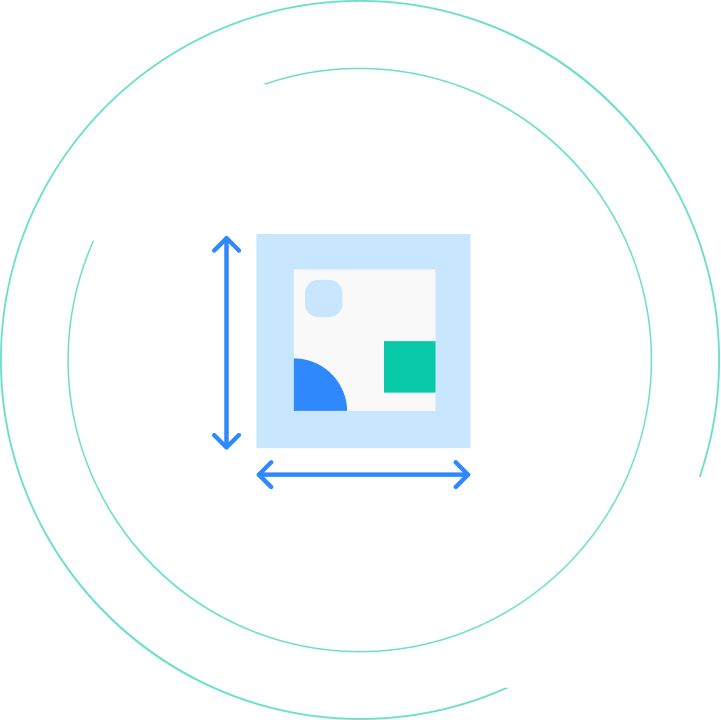Overview
In the evolving landscape of workplace dynamics, especially post pandemic’s hybrid work model, understanding and optimizing space utilization is more crucial than ever.
As organizations navigating the complexities of remote and in-office work patterns, the ability to gather and analyze precise occupancy and space utilization data becomes a cornerstone of efficient operations.
PointGrab’s advanced sensor data system plays a pivotal role in workspace analytics, offering both real-time and historical data for insights that drive strategic decision-making and operational efficiency.

Use Case KPIs
PointGrab sensors measure various key performance indicators (KPIs) that significantly impact workspace management:
- OCCUPANCY RATES: Monitor the usage of multiple types of spaces to understand various utilization parameters based on data collected over time.
- SPACE EFFICIENCY: Analyze how well different areas of the office are utilized to optimize space distribution and allocations of different space types.
- COST SAVINGS: Identify underutilized areas to consider for downsizing, subleasing, or redesigning, significantly reducing overhead costs.
- EMPLOYEE SATISFACTION: Improve the workspace availability by optimizing space availability with actual demand, thereby boosting productivity.
These measurements allow different stakeholders (facility managers, workplace strategists, human resources professionals, etc.) to align their workspace strategies with actual usage data, leading to data-driven decisions and a more efficient and responsive office environment.
Applicability in Workspace Environments
This use case is applicable in various workplace spaces, particularly:
- MEETING ROOMS AND COLLABORATION SPACES: To optimize the number, design, and size of meeting areas based on actual usage and no-show rates in comparison with booking data.
- DESKS AND INDIVIDUAL WORK AREAS: To determine if the available desks meet the actual demand or need resizing, the split between bookable and non-bookable desks, which departments require which quantities and of desks, etc.
- COMMON AREAS: For analyzing foot traffic and peak times for shared areas like kitchenette and pantry, cafeteria or gym, to better manage these spaces, especially during daily peak times.

Valuable Data Provided by PointGrab Sensors
PointGrab sensors address space analytics questions through a variety of data parameters and a high sampling rate:

OCCUPANCY COUNTING PER SPACE
Provides the exact number of people in the defined space at any given time, with the ability to monitor multiple spaces simultaneously from the same sensor

OCCUPANCY COUNTING OVER TIME
Measure the average and min/max number of people in a defined space over an hour/day/week/month

VIRTUAL TRAFFIC LINES
Monitors movement patterns and frequency over a virtual traffic line, counting in/out of a space or floor, and offer insights into the most and least used pathways

PEOPLE MOTION
Tracks how individuals interact with their environment, build heatmaps of underused or overcrowded spaces, from a desk level all the way to the floor level
Conclusion
By leveraging PointGrab’s sensing data system’s detailed, informative, and real-time data, PointGrab’s technology integration partners provide workspace leaders with the analytics needed to make informed decisions related to optimizing their real estate investment and can both respond to current space and employee needs, as well as prepare for future trends impacting the workforce.



